Bali island is renowned not only for its stunning landscapes and vibrant culture but also for its exceptional culinary heritage as well. The island's lush environment is brimming with herbs, spices, and vegetables, all of which are integral to its distinctive cuisine. Central to this culinary tradition is 'base genep', an iconic spice blend that epitomizes the rich flavors of Balinese food. Join us as we explore the rich culinary heritage of Bali through this article, and discover how the iconic spice blend can bring the island's vibrant flavors into your own kitchen!
Essential Spice Blend: The Flavorsome Secret Of Balinese 'Base Genep'
Terminology; The Meaning Behind the Name
Base genep, translating to "complete spice," is the heart and soul of Balinese cuisine. This essential spice blend combines over a dozen ingredients, creating the distinctive flavors of many traditional dishes. While you might not find base genep premade in the markets, its individual components are readily available, making it possible to prepare at home. Similar to curry paste or sambal, base genep’s unique flavor profile is worth the effort required to make it.
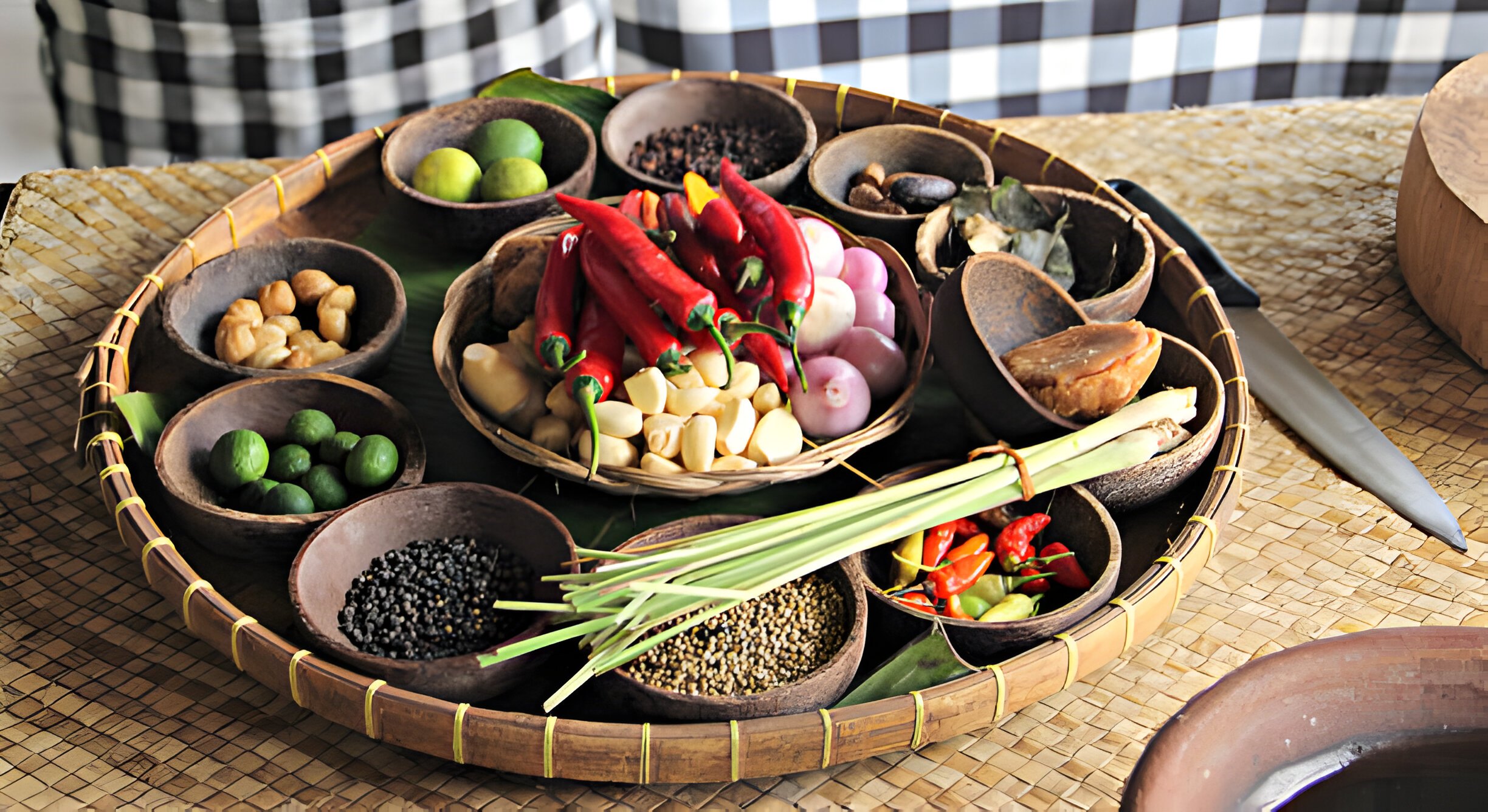
A Historical and Spiritual Interrelation
With roots tracing back nearly 2,000 years, base genep is deeply embedded in Balinese culture and spirituality. Its origins are linked to Hindu mythology, specifically the Pandawas and the Drupadi goddess. The ancient manuscript Dharma Caruban, detailing royal food preparations, includes a recipe for this blend. Anthropologists believe that the techniques for making base genep spread from India, aligning with Bali's Hindu influences. Each ingredient in base genep holds cultural and spiritual significance. For instance, galangal represents Lord Brahma from the South, turmeric symbolizes God Mahadewa from the West, ginger is associated with Lord Vishnu from the North, and kencur (a type of ginger) represents Dewa Iswara from the East. The traditional method of measuring spices using fingers reflects a profound connection to Balinese cultural practices.
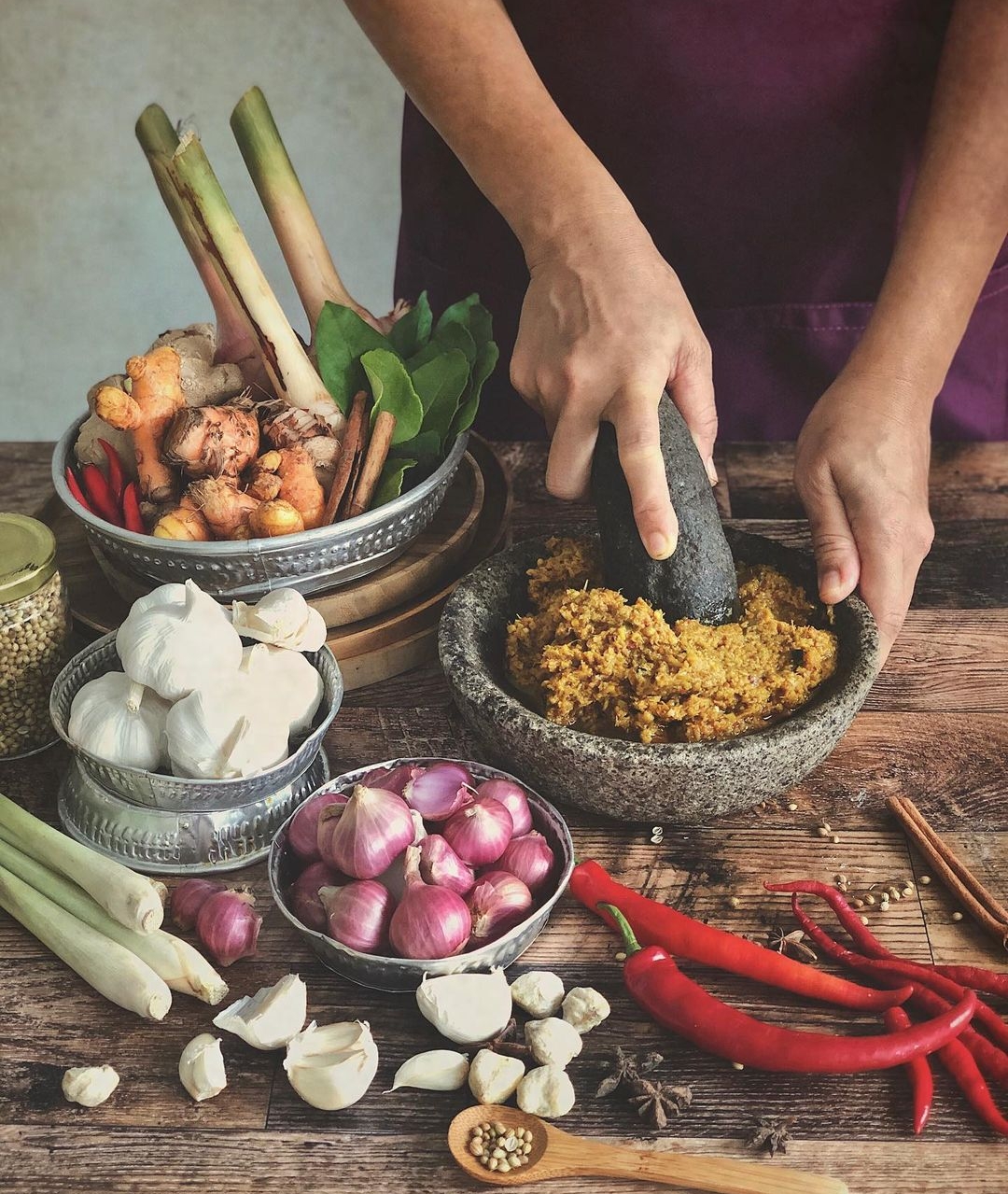
Ingredients and Preparation
Base genep consists of a variety of aromatic root vegetables and spices. Key ingredients include turmeric, galangal, lesser galangal, ginger, garlic, shallots, and lemongrass. These are blended with spices like coriander, nutmeg, peppercorns, and candlenuts. Coconut oil serves as the base, with additions such as shrimp paste, sugar, salt, and salam leaves (an Indonesian variant of bay leaf). While there are variations among Balinese chefs, certain elements are essential for achieving the paste's signature aroma and flavor. If kencur is unavailable, ginger can serve as a substitute. Traditionally, base genep is prepared by hand. Root vegetables are chopped with heavy cleavers and ground in a mortar and pestle alongside softer ingredients. The dried spices are pounded separately and added during cooking. For convenience, a food processor can be used to combine all ingredients. To cook base genep, the root vegetable mixture is simmered in coconut oil for about four minutes, followed by the dried spices. The blend is cooked on low heat until golden brown and fragrant, then cooled to room temperature.
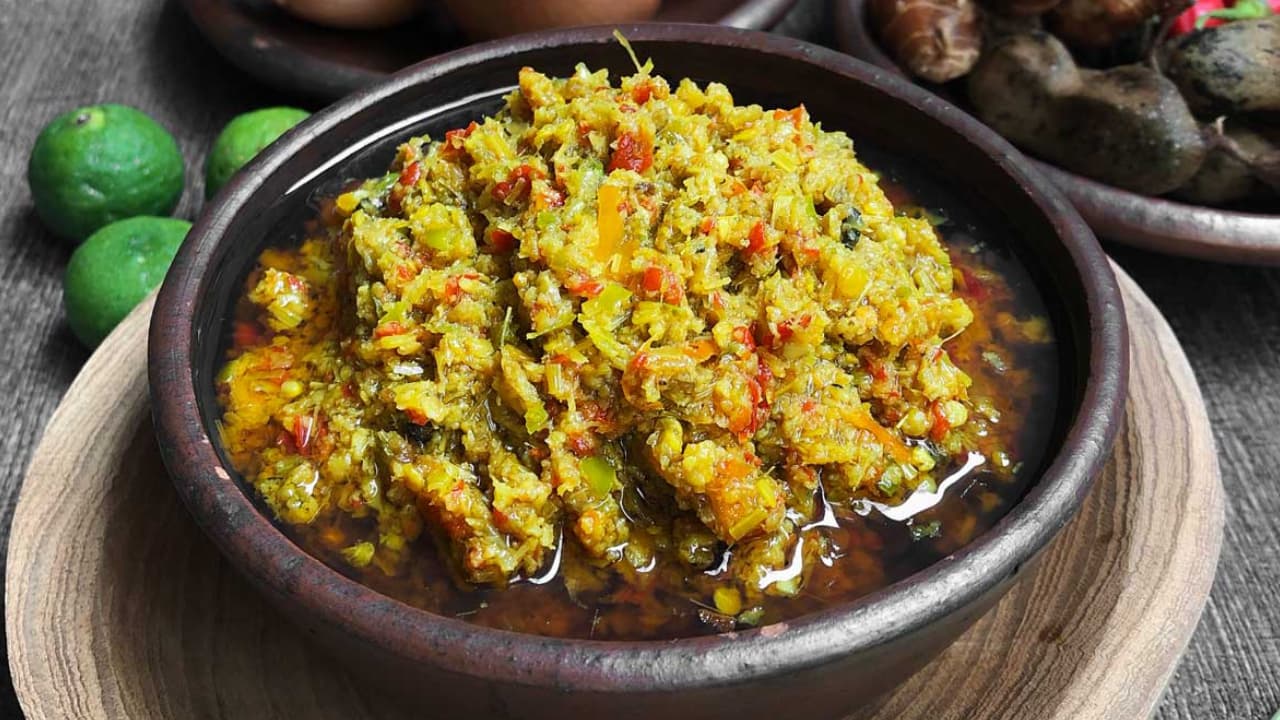
Profound Use In Bali's Culinary
Base genep is a versatile component in numerous Balinese dishes, from everyday meals to ceremonial feasts. One popular dish is ayam suwir, featuring boiled shredded chicken combined with coconut milk and base genep. This spice blend can also serve as a curry base, adding depth to a wide range of dishes. Another traditional dish is Bebek Betutu, where the duck is coated in the spice paste and roasted for several hours, traditionally wrapped in bark or banana leaves. This method infuses the duck with rich, aromatic flavors. Base genep also enhances Indonesian skewers known as sate. In sate lilit, the spice mixture is combined with ground shrimp and fish or ground chicken, then molded onto lemongrass stalks and grilled to perfection. Unlike table condiments like sambal or kecap manis (sweet soy sauce), base genep is a cooking base integral to many sauces, soups, and salads in Balinese cuisine.
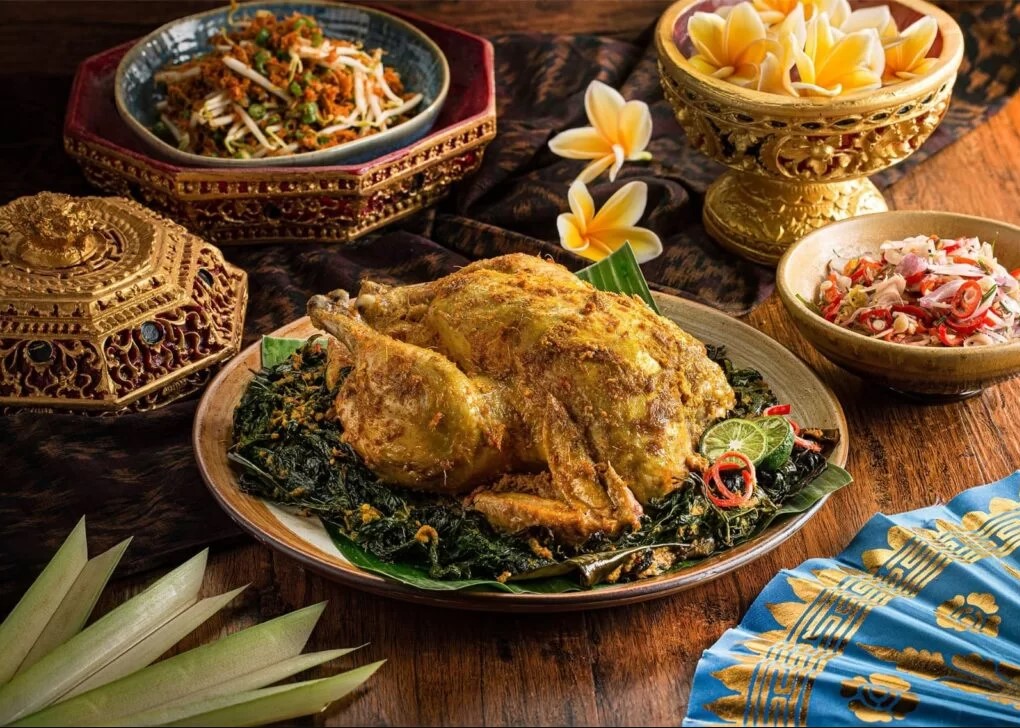
Preserving and Enjoying Base Genep
The efforts involved in preparing base genep are rewarded with a versatile spice mix that can be stored for future use. The paste can last for a week in the refrigerator and a month in the freezer when stored in an airtight container. From soups and sauces to grilled meats and ceremonial dishes, base genep is a cornerstone of Balinese cuisine, offering a taste of the island's rich culinary heritage and spiritual traditions. Embrace the flavors of Bali and discover the magic of base genep in your kitchen.



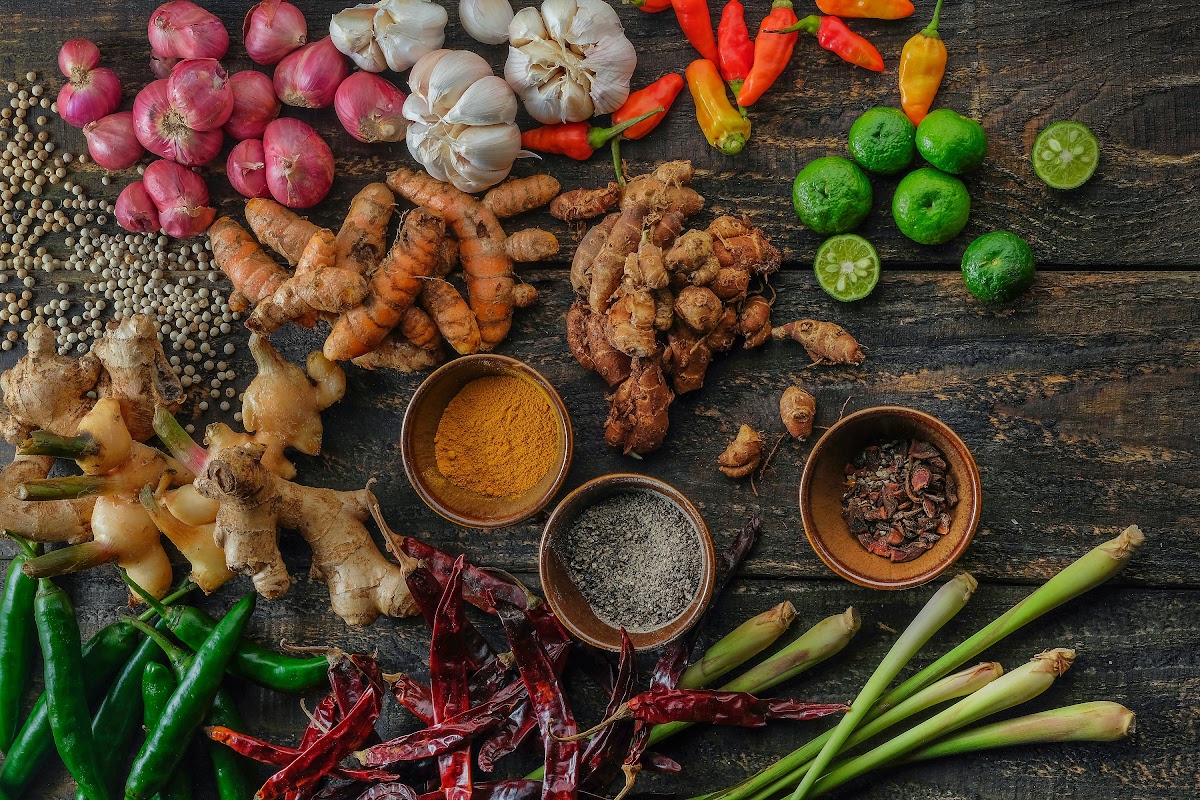
 Billy Bagus
Billy Bagus
 Jun 14, 2024
Jun 14, 2024






